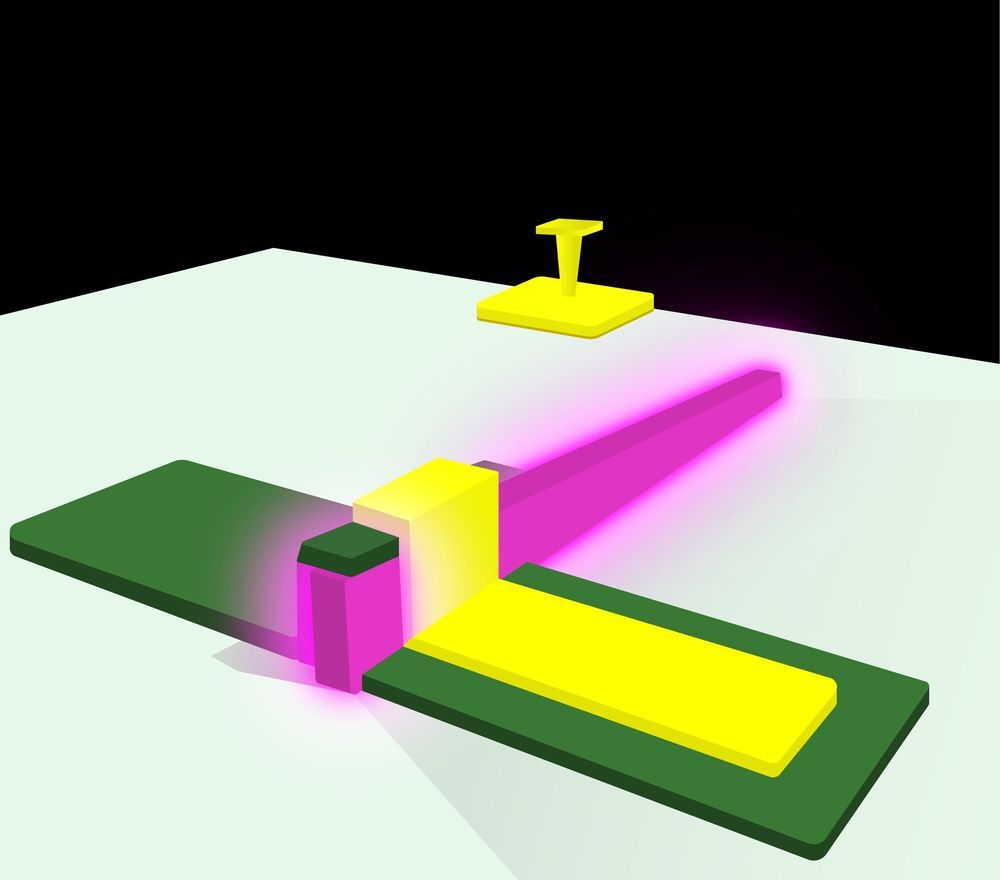A new design for light-emitting diodes (LEDs) developed by a team including scientists at the National Institute of Standards and Technology (NIST) may hold the key to overcoming a long-standing limitation in the light sources’ efficiency. The concept, demonstrated with microscopic LEDs in the lab, achieves a dramatic increase in brightness as well as the ability to create laser light—all characteristics that could make it valuable in a range of large-scale and miniaturized applications.
The team, which also includes scientists from the University of Maryland, Rensselaer Polytechnic Institute and the IBM Thomas J. Watson Research Center, detailed its work in a paper published today in the peer-reviewed journal Science Advances. Their device shows an increase in brightness of 100 to 1,000 times over conventional tiny, submicron-sized LED designs.
“It’s a new architecture for making LEDs,” said NIST’s Babak Nikoobakht, who conceived the new design. “We use the same materials as in conventional LEDs. The difference in ours is their shape.”
